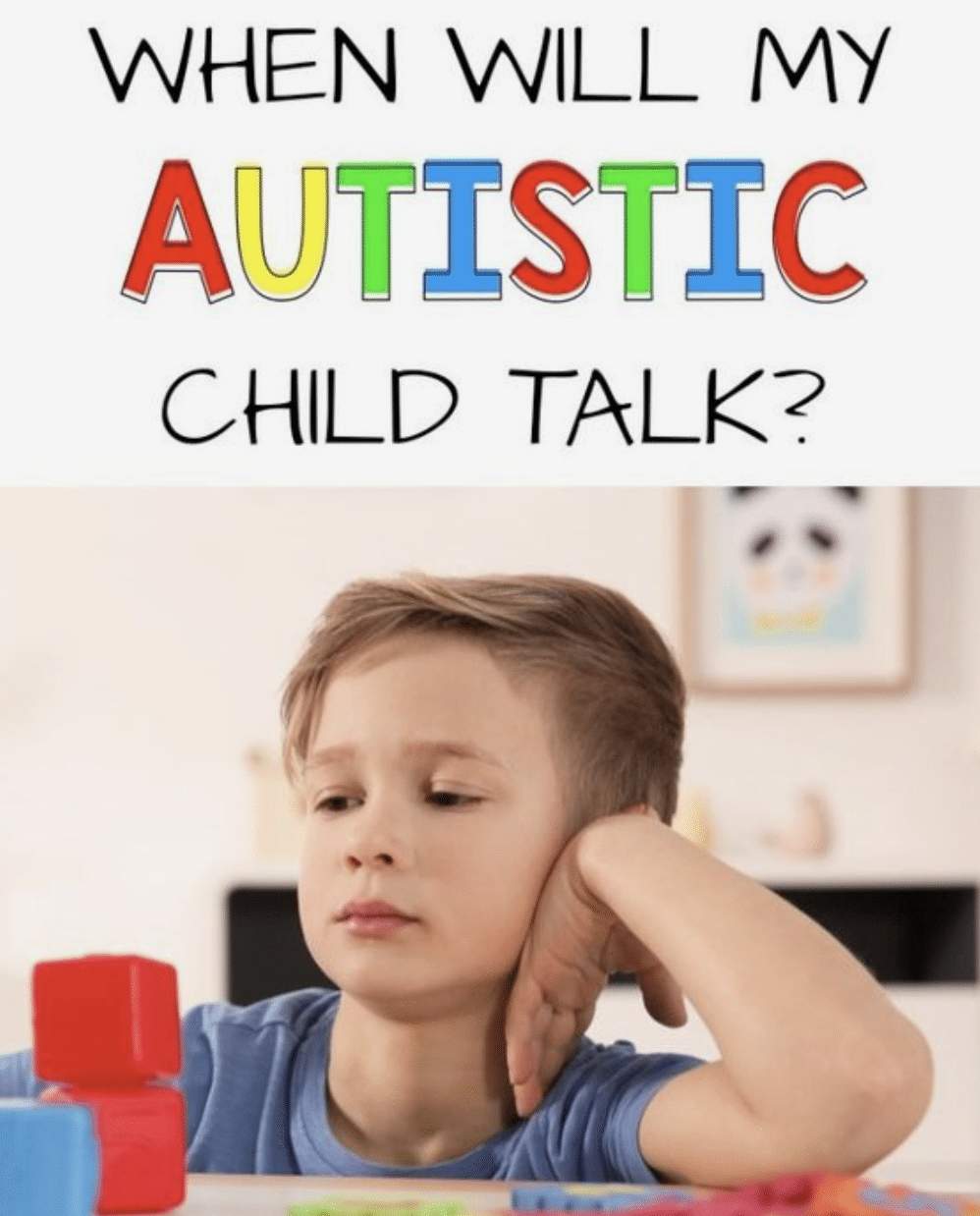The ROWPVT is a test used by professionals to assess a child’s word comprehension through picture prompts, benefiting children with language difficulties. Speech-language pathologists and educators use it to develop tailored language improvement plans.











